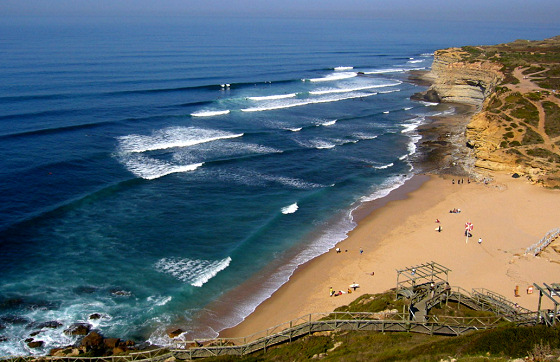The effects of shoaling and refraction in wave height
Shoaling and refraction are two of the most important variables when it comes to wave height forecast. Wind produces large ground swells which travel thousands of miles until they hit the coastlines. The face of the wave can quickly change, though. Th truth is thatthese factors – shoaling and refraction – can easily and dramatically […]

 Shoaling and refraction are two of the most important variables when it comes to wave height forecast. Wind produces large ground swells which travel thousands of miles until they hit the coastlines. The face of the wave can quickly change, though. Th truth is thatthese factors – shoaling and refraction – can easily and dramatically change the face height of waves in two close surf spots separated by 100 meters or miles. So, how big will waves be? Shoaling has a determining influence in waves and wave height. When waves reach shallow water areas or seaside regions where the bottom seafloor offers obstacle, then these waves tend to rise up. Ground swell waves accumulate energy in longer periods and start to shoal sooner. The result is bigger waves than short period waves. Also, we know from wave physics that a wavelength of 7 meters produces waves which break as soon as they only have one meter of height and a total depth of 1.3 times the wave height.
Shoaling and refraction are two of the most important variables when it comes to wave height forecast. Wind produces large ground swells which travel thousands of miles until they hit the coastlines. The face of the wave can quickly change, though. Th truth is thatthese factors – shoaling and refraction – can easily and dramatically change the face height of waves in two close surf spots separated by 100 meters or miles. So, how big will waves be? Shoaling has a determining influence in waves and wave height. When waves reach shallow water areas or seaside regions where the bottom seafloor offers obstacle, then these waves tend to rise up. Ground swell waves accumulate energy in longer periods and start to shoal sooner. The result is bigger waves than short period waves. Also, we know from wave physics that a wavelength of 7 meters produces waves which break as soon as they only have one meter of height and a total depth of 1.3 times the wave height.
Original post:
The effects of shoaling and refraction in wave height

Comments are closed.